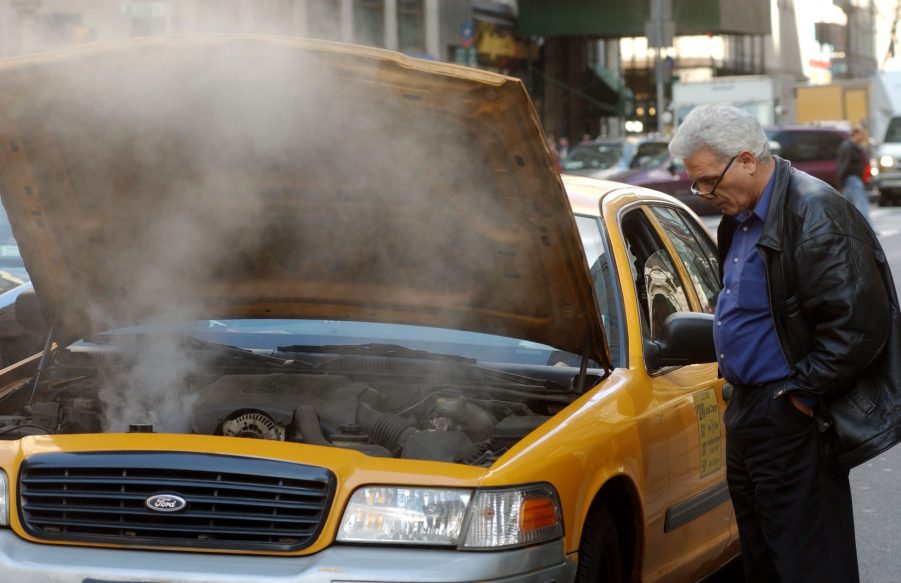
Do You need to Flush Your Car’s Coolant System?
Having your coolant system flushed may send up oil-change red flags, and that is understandable. However, coolant systems are often one of the most neglected parts of our cars. If left unaddressed for too long, your car’s coolant system will eventually leave you high and dry. With that in mind, is your car ready for a coolant system flush?

How do you know when it’s time for a coolant system flush?
A simple rule of thumb to apply generally is, Your car’s coolant system would benefit from a coolant system flush every two years or 30,000 miles. Keeping your car’s engine cool is one of the most important parts of keeping it running well.
The coolant system keeps your engine temperature manageable by circulating water and coolant through your engine. The coolant runs through the engine, various hoses, and your radiator. As it travels through these various parts, it is cooled and recirculated. Now, imagine any one of these parts gets clogged or develops a leak. This is how engines overheat.
Aside from keeping track of when you need to flush your coolant system based on time, it would help if you also considered wear and tear. Giving your coolant system a visual check is never a bad idea. Kelly Blue Book (KBB) recommends giving your hoses and radiator a quick look and touch. If hoses feel soft or visibly worn as well or your radiator cap is worn or damaged, you will want to address those issues immediately. These are the most common coolant system problems.
Is there a difference between coolant and antifreeze?

Coolant and antifreeze are often used interchangeably. Antifreeze is used to keep your fluids from freezing, and coolant is meant to keep your engine cool. However, both liquids offer properties of the other, hence their interchangeable nature.
The only thing to consider on this front is for anyone living in extremely cold environments; they may want to skew a mixture toward antifreeze versus coolant with water. KBB says older radiator systems used mostly water alone to cool the engine. Today, a 50/50 mix of coolant and water will deliver the best protection. Coolant manufacturers have bottled their products in two ways: 100% coolant you have to mix with water and already mixed half-coolant, half-water solutions.
How to flush your car’s coolant system?
Flushing a car’s coolant system isn’t typically a very difficult task. Although most mechanics can do this job for you, doing it yourself will save you money. This is a job that is easily done in a driveway or parking spot.
Several companies today still offer aftermarket flush and fill kits. The kit lets you insert a “T” fitting into the heater hose and connect a garden hose for clean water. After draining out the coolant by opening the petcock at the base of the radiator, the garden hose would force cool water through the engine, water pump, hoses, and radiator to remove scale and debris.
Although this is a fairly simple process, doing a coolant flush does expose you and the environment to toxic chemicals. Proper coolant disposal is an important step. Unless you have a strong system for collecting and disposing of your coolant safely, you may consider letting a shop do it.
What happens if you neglect your car’s coolant system?
It is never too late to correct your car maintenance schedule and car care habits. Well, “never” might be a bit untrue. Overheating a car’s engine too many times will eventually degrade the engine block and its components. If an engine is overheated too often or gets too hot, it will most likely lead to a cracked block, blown head gasket, and other such apocalyptic events.



